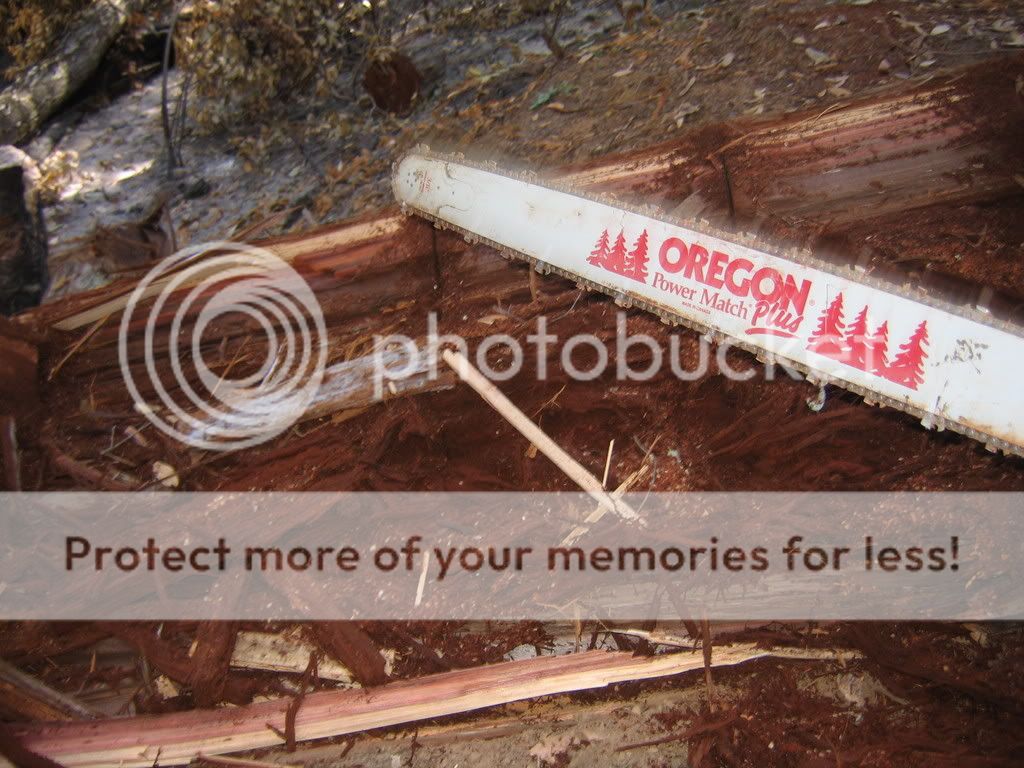I'm working on a study involving Laminated Root Rot in our forests. One of the details is having loggers mark the stumps of visibly-infected trees with two parallel lines cut in the tops of the stumps; the stain from the disease fades in just a few weeks after exposure to air and light, but the cuts are visible for years.
So far, we've had good results with our contractors' ability to positively ID the stain when present. What I'd like to know from you guys, particularly PNW fallers, is which diseases do you know how to ID and buck or cull for? What are the characteristics you look for? What are the thresholds you use to determine whether a log is "bad enough" to leave on the ground, or to take your chances with the scaler?
This will be a big help for me as I'm trying to write a procedure for a follow-up study to the one I'm working on right now which will address contractor/logger LOK as well as what I can observe myself.
Thanks in advance.
So far, we've had good results with our contractors' ability to positively ID the stain when present. What I'd like to know from you guys, particularly PNW fallers, is which diseases do you know how to ID and buck or cull for? What are the characteristics you look for? What are the thresholds you use to determine whether a log is "bad enough" to leave on the ground, or to take your chances with the scaler?
This will be a big help for me as I'm trying to write a procedure for a follow-up study to the one I'm working on right now which will address contractor/logger LOK as well as what I can observe myself.
Thanks in advance.






